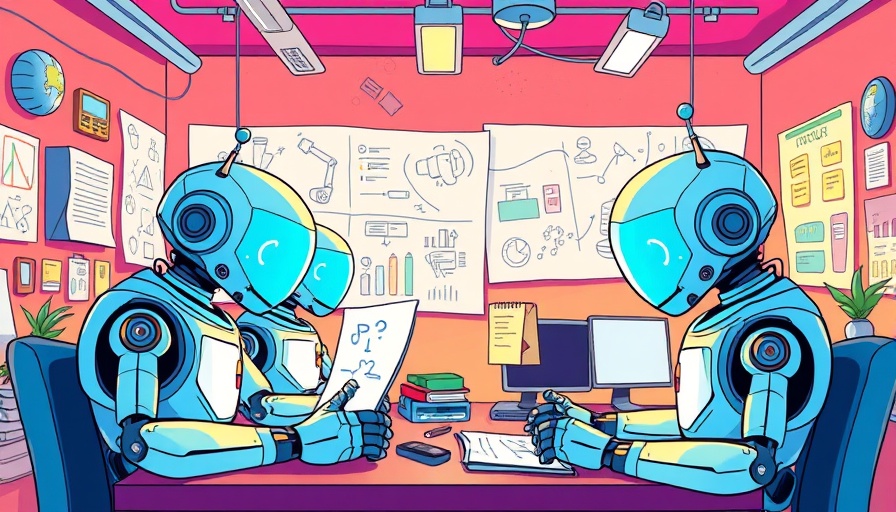
How AI is Bridging the Gap Between Engineers and Business Owners
The landscape of artificial intelligence (AI) is constantly changing, and today more than ever, it is crucial for business owners to stay informed on these developments. As AI technologies continue to progress, they're not merely tools for engineers—they're becoming accessible for non-technical individuals looking to leverage this potential. This paradigm shift is what makes the conversation about AI so vital for those at the helm of enterprise leadership.
In 'MCP, Agents and What AI Engineers Are Thinking About Right Now feat. Swyx', the discussion dives into the evolving dynamics of AI engineering, exploring key insights that sparked deeper analysis on our end.
Understanding the Role of AI Engineers
A significant theme discussed in the recent AI engineer summits revolves around defining the role of the AI engineer. The gap that once separated technical architects from business decision-makers is narrowing, allowing for an integrated approach toward AI implementation. Business owners are encouraged to recognize that engaging with AI technology is no longer solely the domain of the IT department. Instead, it calls for a collaborative effort across teams to harness AI for business growth and innovation.
The Rise of Agent Engineering: What It Means for Your Business
Discussions at these conferences highlighted the emerging field of agent engineering, which focuses on creating intelligent agents that can perform tasks autonomously. Many enterprises are questioning how to incorporate such technologies effectively. They offer a pathway through which routine tasks can be automated, freeing human resources for higher-level work. However, businesses must remain vigilant: the competitive landscape is rapidly evolving, and understanding how to utilize agent technology effectively could be your unique advantage.
Fostering a Culture of Technical Engagement Across Your Organization
As artificial intelligence becomes more integrated, companies are realizing the importance of cultivating a workforce where both technical and non-technical employees feel comfortable engaging with these tools. The idea of vibe coding, a term that describes a more fluid and intuitive way of programming with AI, is gaining traction. With tools that allow even non-technical members to participate in development processes, it’s essential for businesses to encourage this crossover of skills.
Business Impact: How to Leverage AI for Maximum Effect
Leaders are tasked with navigating their organizations through this transition. One way to do this is by supporting employees in experimenting with AI tools. This practical engagement not only builds skills but also highlights the potential applications of AI within the business. The age of mere speculation about what AI can do is over; it's time for tangible experimentation. The focus has shifted from projecting ideas to showcasing actual products.
Embedding AI into Everyday Business Practices
Business owners must also consider the strategic alignment of AI initiatives with broader corporate goals. The insights gained from an active engagement with AI can inform decisions related to resource allocation and project prioritization. Companies that adopt a proactive approach to AI utilization, rather than waiting for perfect solutions, will likely find themselves ahead of the curve.
Conclusion: Take Action and Start Using AI Now
With AI continuing its relentless march into every aspect of business, the time is ripe for leaders to step into this new era. By engaging with these cutting-edge technologies, businesses can uncover valuable insights and enhance their operations. It’s not just an opportunity; it’s a necessity for those looking to thrive in an increasingly competitive market. Don’t delay—start using AI now and position your business for success.
 Add Row
Add Row  Add
Add 




Write A Comment